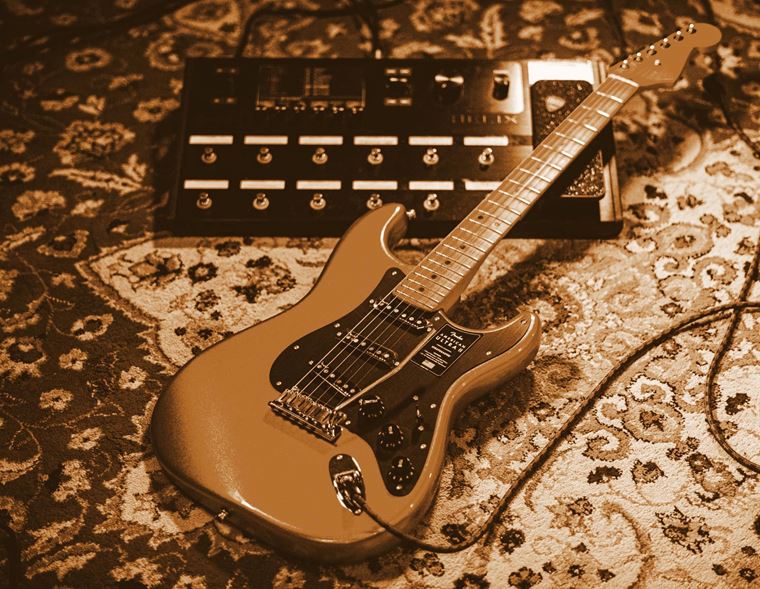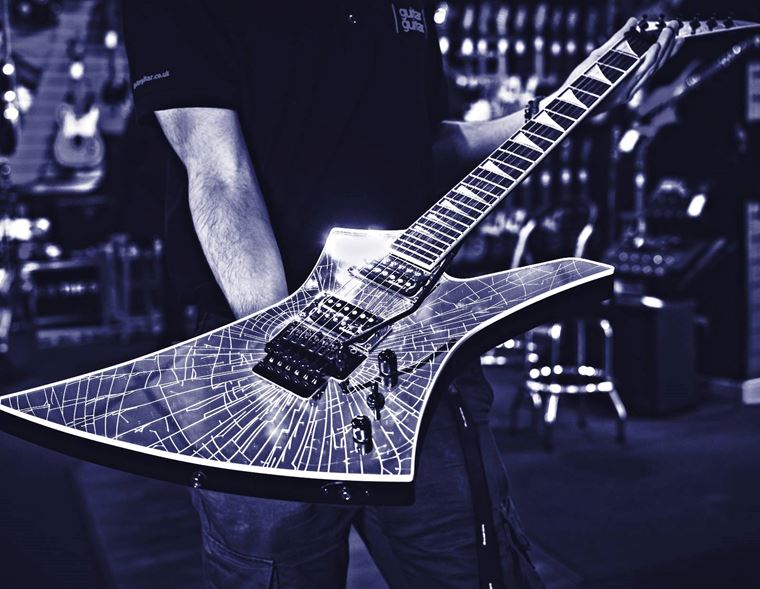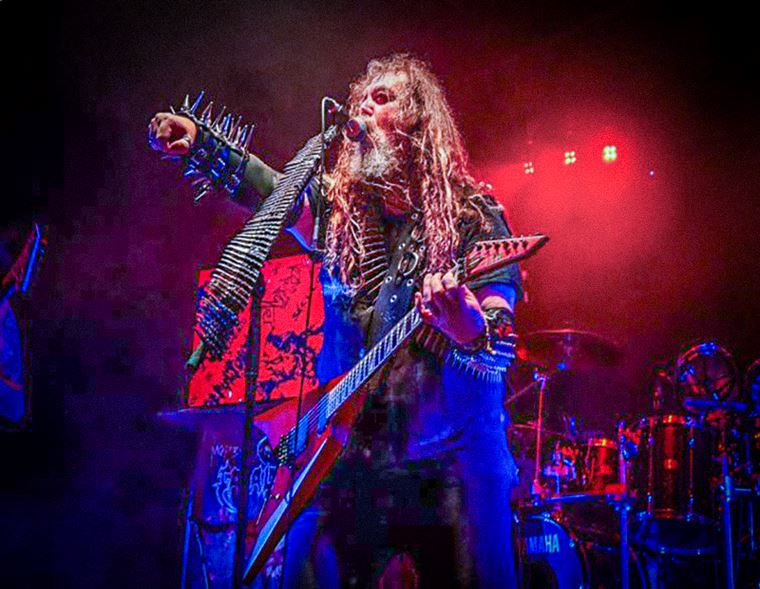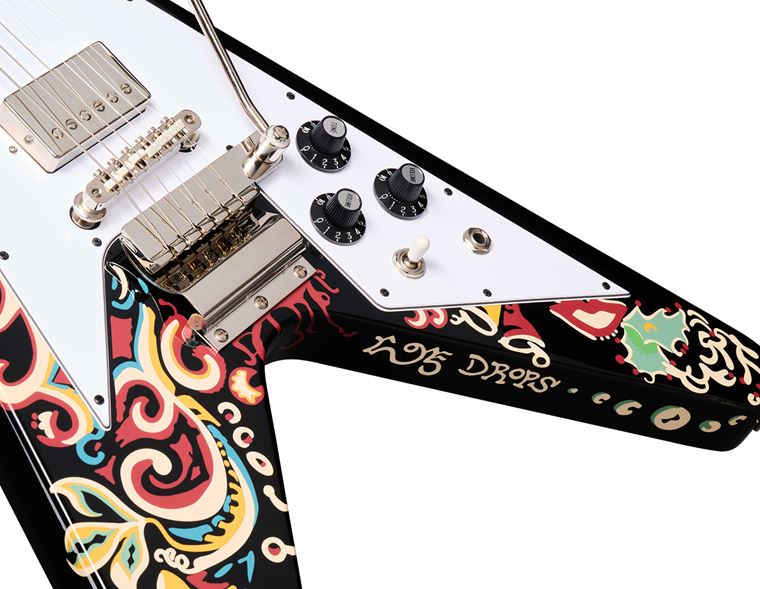How to Sound like Eddie Van Halen
Published on 13 March 2023
Who doesn’t want to sound like Eddie Van Halen on a guitar?
The Dutch-American maestro rewrote the guitar rule book several times throughout his life, and singlehandedly defined the ultimate sound of a distorted rock guitar for everyone who came after him. His level of influence and legend will never be in question, so today’s article aims to look at what we as players can both do and buy in order to get a little closer to that elusive, almost mythical ‘brown sound’ so revered by tone-hounds, as well as exploring his effects use and playing styles. We want to choose gear that can be bought in any guitarguitar store today and use it to get some authentic EVH tone happening. Who wants some?
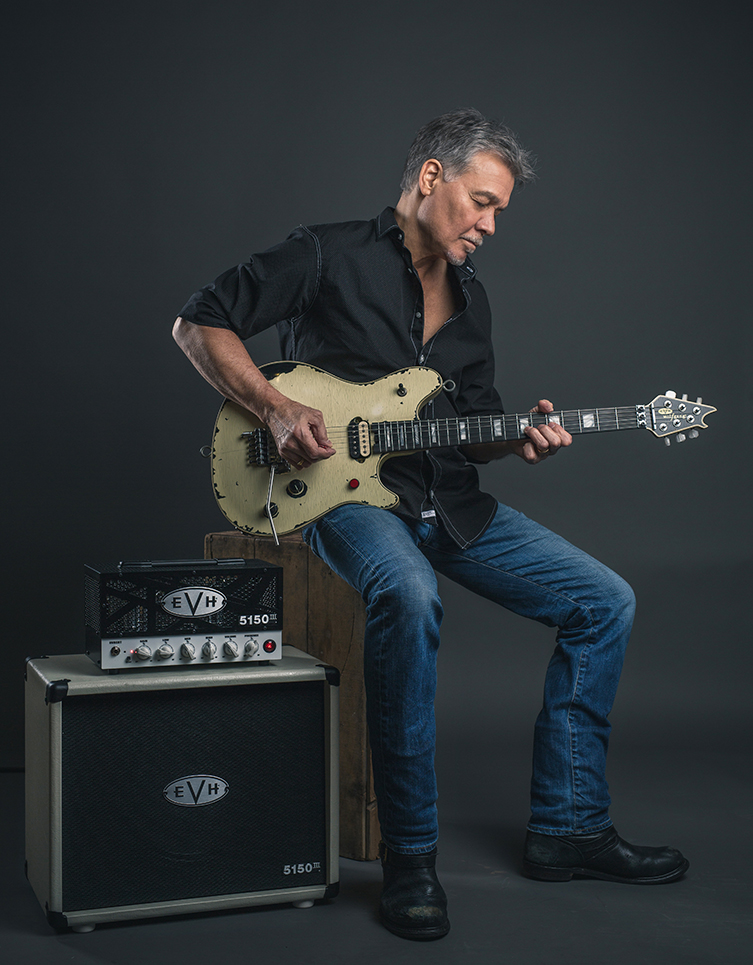
(Pic: Kevin Baldes, used with permission of EVH/Fender)
EVH Gear, Eddie Van Halen Techniques
Thankfully for us all, Eddie was a fastidious gear tinkerer, and his never-ending experimentation eventually found a home within his gear brand, EVH. The EVH brand partners up with other top brands (for example Fender and Dunlop, who also own MXR) to produce guitars, amps, pedals and accessories all designed and road-tested by the great man himself. He was famously hands-on with all of this, so we can rest assured that this is no cash-in thing but the real deal, as we incorporate a little of that inspired madness into our own setup.
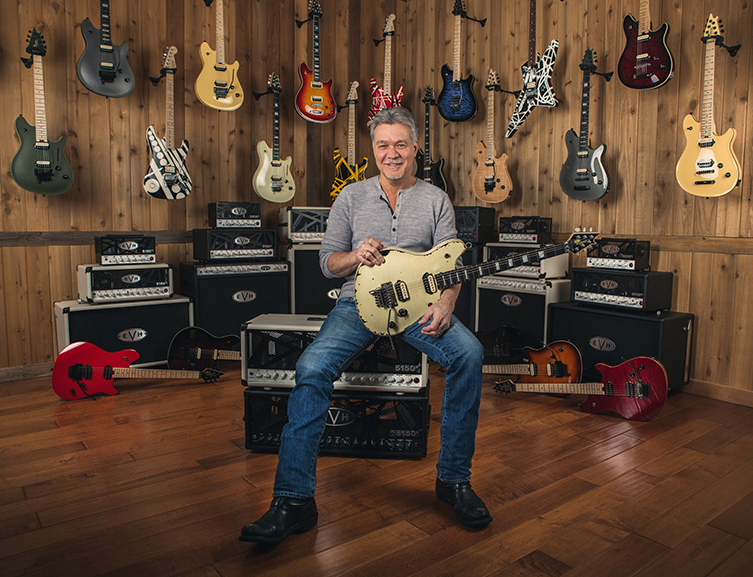
(Pic: Kevin Baldes, used with permission of EVH/Fender)
Today, we’ll begin with gear and move onto techniques, using classic VH videos as examples of what we’re talking about. We’ll also add the somewhat obvious disclaimer that there was only ever one Edward Van Halen, so nobody will ever play exactly like that ever again. Hopefully, though, we’ll get you close enough to impress yourself and your audience. Who knows what magic will rub off?
Van Halen Guitars
Eddie’s most well-known equipment was his collection of guitars, particularly the striped-up ‘Frankenstein’ model. This was a home-modified hodgepodge of parts (a Boogie Bodies body and a Gibson ES-335 pickup, and some other bits) that created a quite special whole. You can buy a pretty excellent replica of this very guitar today in the guise of the EVH Striped Series Frankie, which is ‘roadworn’ for extra verisimilitude. The broken pickguard is there, the dummy neck pickup, the red, black and white stripes…it’s a very well made piece of gear, particularly considering it’s a production model guitar and not a top dollar custom shop effort.
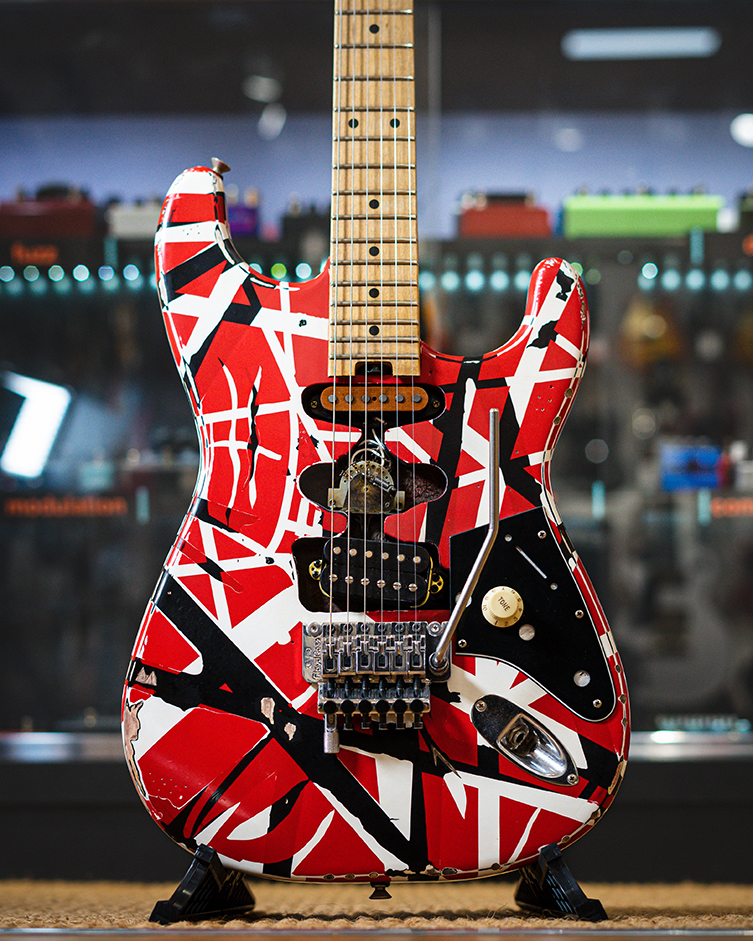
This model uses a Floyd Rose locking tremolo, which we are going to go ahead and say is pretty essential for a good overall ‘Eddie axe’. Now, we do know that the original Frankenstein went through a number of modifications and re-coats in its day (the black and white Eruption version you see is actually the same guitar, prior to Ed reaching for a red spray can) but this take is the most well known and iconic. EVH make ‘cleaner’, non-roadworn Striped Series guitars for fans too, available in black & white, the red Frankie version and also a ‘Bumblebee’ style, from the VHII era.
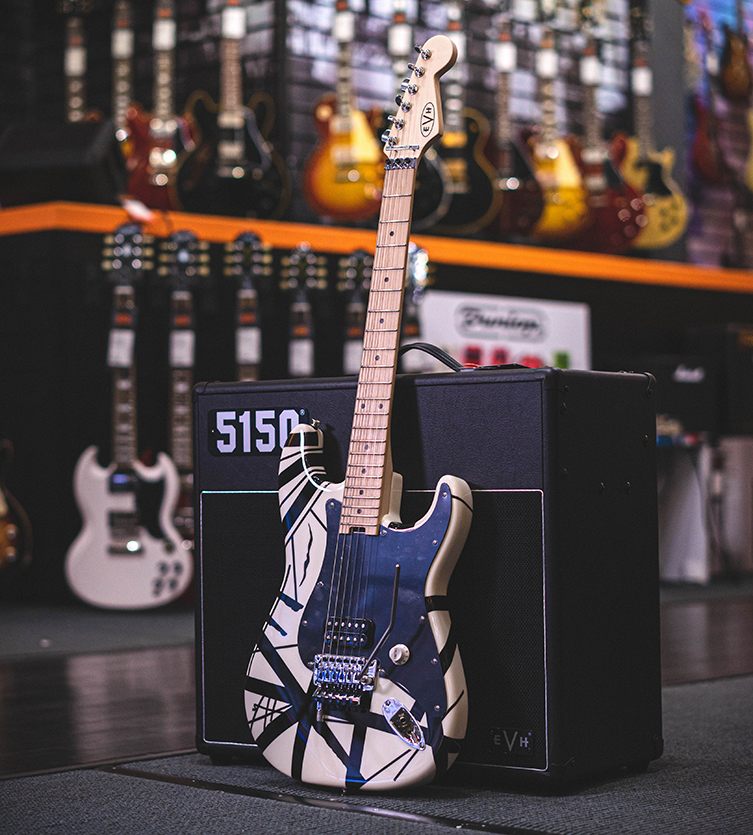
After using his modded Frankenstein guitar for the first part of his career, Ed worked with several brands to create and then refine what is now known as the Wolfgang. Beginning with Music Man, moving to Peavey, and finally finishing up at his own EVH brand, Ed worked and worked on this thick, carved-top singlecut until he eventually had what he wanted.
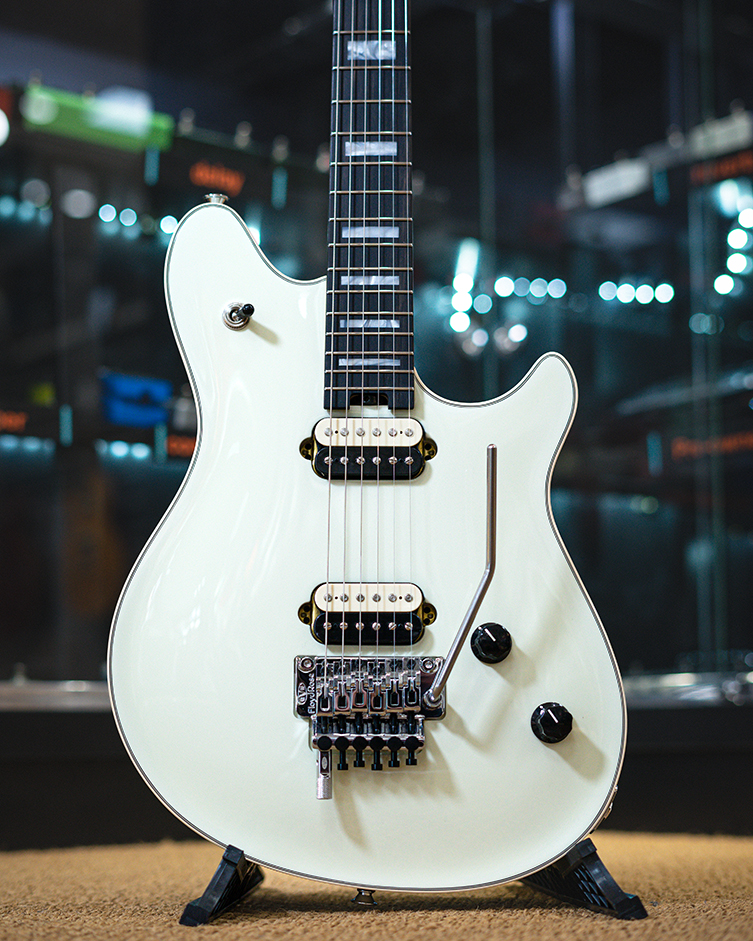
The EVH Wolfgang series of guitars represents this design at different price points, so those on a tight budget can rock hard on an EVH Wolfgang Standard, which sports a basswood body (as they all do, since it was Ed’s preference by far), a set of hot-ish pickups (not crazy hot, as you may well expect on such a guitar) and a locking tremolo that - somewhat unusually- only goes down in pitch.
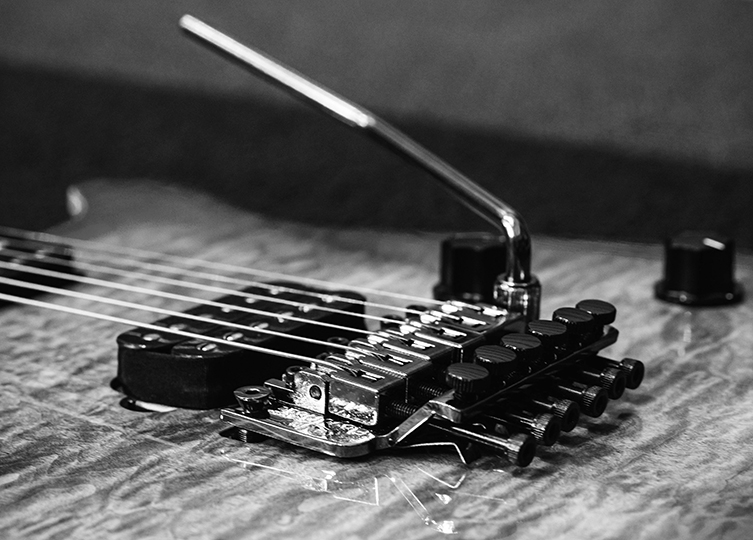
You can’t pull up, as you may expect with a Floyd Rose tremolo, since Eddie didn’t want that: the guitar body has no routing to facilitate this, so it’s impossible. Instead, you do get the option of using Ed’s patented ‘D-tuna’ device (available separately) which sticks out from the back of the low E string and can manually change the tuning to Drop-D. Pretty cool, but do beware about the lack of up-bend on these guitars!
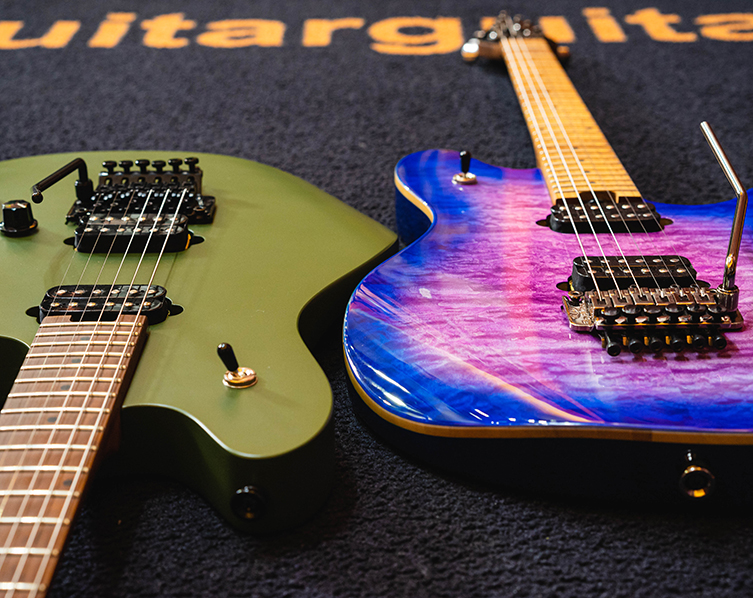
The Wolfgang standard is the most affordable take on this design. Next up is the EVH Wolfgang Special, which adds a carved top, a quartersawn neck with graphite reinforcement, and other upgrades. After this, we get into the likes of the EVH Wolfgang USA, the top-end American made model. The USA range includes the EVH Wolfgang Edward Van Halen signature model, but it’s worth noting that Ed was notoriously fussy and demanding about the entire range of instruments, so all price points have been rigorously tested and approved by the man himself. It’s his final word on what an electric guitar should be.
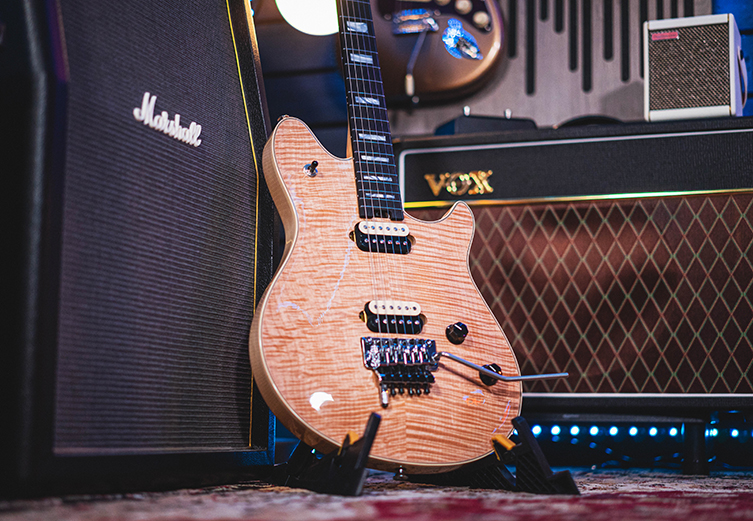
Amplifiers
Legends abound on countless online forums about Eddie Van Halen’s tone, and in particular, the methods he adopted in the early days to get such a roaring sound from his amps. The shorthand of it is this: he used a few old Marshall plexi heads, set with everything pretty much flat out, and then used a device called a ‘variac’ (which was actually a dimmer switch for a light), to vary the voltage and get more saturation within usable volume levels.
Is this true? Weeeeell, let’s be honest, a lot of people say a lot of things, and even Ed himself is on record saying that he made stuff up in interviews to throw other players off his scent, so it’s really anybody’s guess. Various LA-based amp-modders have said they worked on his amp heads, modifying the circuits to get more juice and ‘mojo’ from them, but this is also just internet noise for the most part. If you don’t have to prove it, then why not say stuff like that?
The most important thing to bear in mind is that buying an old vintage Marshall plexi head will categorically not get you Ed’s tone. Sometimes it’s a good idea to copy the equipment of another player (as we’ll see with the FX section), but it’s actually far easier to get Van Halen guitar tones by simply plugging into a 5150 amp.

A what now? A 5150? Yes indeed, and this - much like the Wolfgang guitar - has been through numerous iterations over the years. Basically, Eddie went to Peavey in the early 90s to develop an amp that could deliver his exacting tonal preferences night after night. The resulting amp, which was named 5150 after the Californian police code for somebody requiring psychiatric help, largely delivered what Ed needed. After a number of years, Ed, the ever-restless perfectionist, left Peavey, who continues to manufacture the amp under the name ‘6505’. We have no idea if that’s Californian police code for anything. Eddie, meanwhile, moved across to Fender to collaborate on a new breed of his EVH-brand amps.
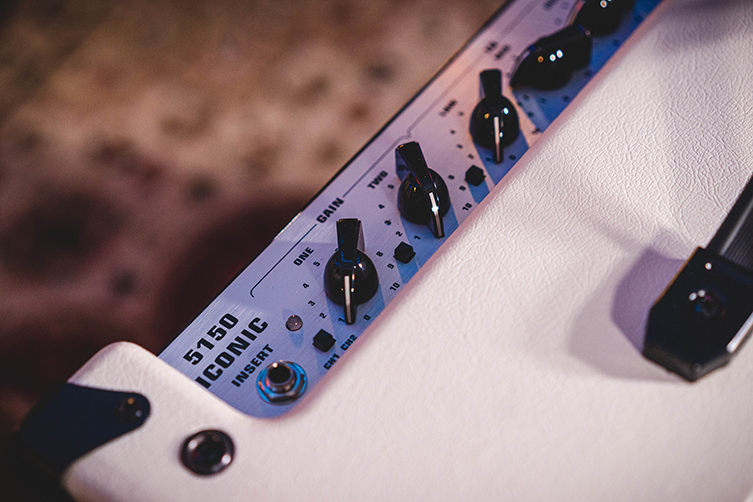
Thus, today’s 5150 is actually a Fender amplifier! Now in its third iteration, the EVH 5150 is capable of some pretty monstrous high gain tones, to the point where it is the 1st choice for most metal bands these days. You can buy a range of EVH heads, cabs and combos with different power ratings and speaker sizes, and they all contain that exceptional, ripping crunch so beloved of Ed and his fans.
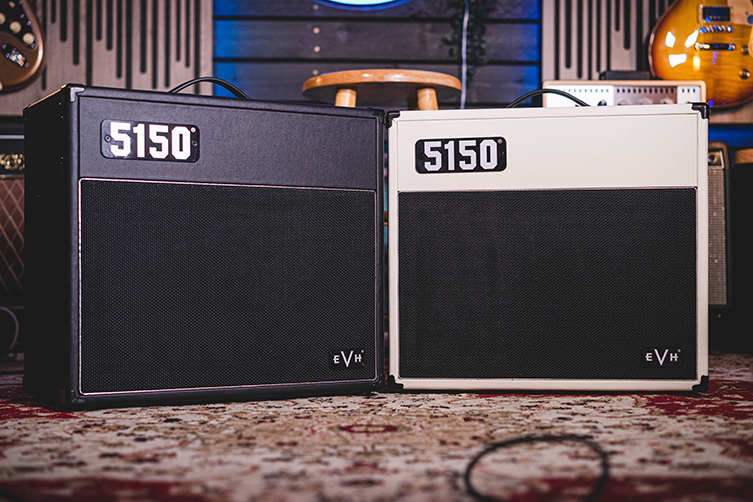
A new EVH 5150 Iconic range has made the sound even more accessible, and brings a very impressive clean sound into the bargain, too. We get the feeling that Ed was less bothered about the clean channels (they’ve only recently been up to scratch on any of his amps) but for world-class gain, the 5150 is exceedingly hard to beat.
Effects
For all of his game-changing, pioneering playing techniques (which we’ll very briefly cover after this), Eddie’s sonic contributions to music included a very cool approach to effects pedal use. Back in the day, he fed a trio of effects - an MXR flanger, MXR Phase 90 and Echoplex delay unit - directly into the front of his amp heads, which is generally not the way to use modulation or ambience effects! (Some say the Echoplex was not put into the front, whilst others argue that it was, and he used it as much for tone-shaping as for delay repeats…again, it depends who you believe!)
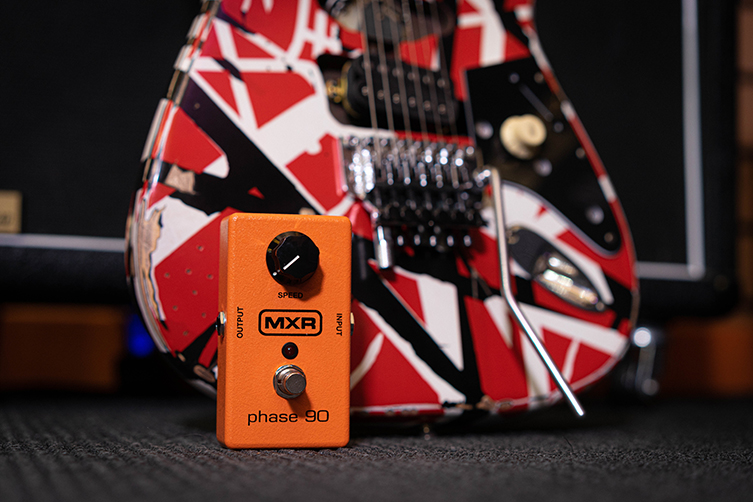
The results pretty much speak for themselves, though. Eruption’s subtle phasing occurs precisely because the effect is going into the front end of the signal: if he had an effects loop (he didn’t back then), the effect would be altogether more obvious and maybe less cool. Also, the Echoplex delay helps create movement and space for his immortal tapping solo:
Arguably, his ‘less is more’ habit of kicking his effects on and off for little accents draws even more attention to the sound than if he left them on for the duration. Aint Talkin’ Bout Love is a great example, where the beginning of the riff uses amp drive and delay, with only the last four notes being swooshed through the Phase 90. The effect really catches your ear, as you can hear here:
Perhaps the most dramatic and impressive example of this technique is on Unchained, where Ed stomps on his MXR flanger pedal only for the low dropped D pedal tones of the main riff. It’s these small but huge decisions that mark him as a genius, rather than a merely great player:
There are many other uses of cool effects and devices (a cordless drill springs to mind…) but these are the most well-known instances. So, how do you go about getting your own slice of the action? Easy: MXR are another brand who have collaborated officially to bring these pedals out in EVH guises. You’ll recognise the famous striped design on both the MXR EVH Phase 90 (which has a ‘script’ switch for a slightly more vintage sound) and the MXR EVH Flanger, which contains an ‘Unchained’ switch to instantly get the settings for that song’s sound. Both of these effects are exactly what Ed used on stage right up to his death, along with a Bumblebee-striped EVH Crybaby.
Strings and Picks
This is where we don’t necessarily recommend slavishly copying Ed, even if you are trying to accurately bag as much of his tone as possible. Why do we say this? Well, it’s good to have insights into which picks and strings are used by other players, but these elements affect tone and feel in ways that can really make or break your own playing experience, so do bear in mind what works for you ahead of anyone else.
For example, one surprising insight is that Ed almost exclusively used thin .60mm gauge plectrums! Now, that is most definitely not what we’d have expected from the maestro of shred! Even if we concede that a good deal of his speed is based on two-handed tapping (thus no pick required at all), it’s still a very unusual choice for a player so noted for fretboard pyrotechnics. Thinner picks tend to allow less control, but Ed must’ve loved the looser feel they gave his superlative rhythm playing. Plus, it’s worth noting that he was a relatively small dude, so that plays into things as well, strange as it may seem to mention it. Dunlop do a range of EVH picks and you’ll definitely not mistake them for anybody else’s since they have those immortal stripes on them too!
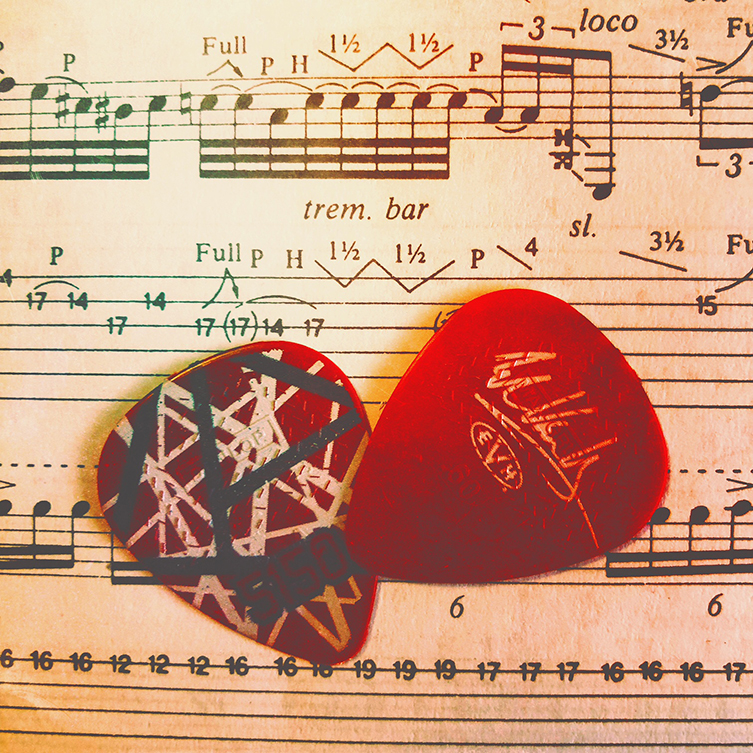
As for strings, Eddie favoured gauge was 9-42, which was pretty standard for hard rock players back then. Lots of players who use locking tremolos also prefer a lighter gauge, and, as we noted, Ed was not a physical giant so didn’t trouble himself with thick strings. Watching footage of him playing, he had a light picking attack too, so his loose, playful style was no doubt helped by using light strings to match.
These things - light gauge strings and a light pick - may well be perfect for you, but we suggest experimenting with different gauges of both strings and picks, and settling with what works for you. These choices do affect the sound a little (thinner picks compress less, for example), but their influence over your playing is much more significant, so it all has to be right for your hands, not anybody else’s!
It’s worth noting that Ed was left-handed, too, though like a great deal of lefty players, he played right-handed. This changes things, as right handed players will likely have a lighter fretting hand touch and heavier pick attack due to the right hand dominance. It’s all food for thought!
Playing like Eddie Van Halen
This is the bit where we try to deconstruct elements of Eddie Van Halen’s exquisite guitar technique into bite-sized morsels for you, as if it'll then instantly translate into you playing like him! It won’t because he was a one-off, but there are a number of interesting things you can try to adopt into your own guitar playing in order to spice up your own guitar playing recipes. Pepper your playing with these tasty tips, and adjust to taste:
- Hold your pick with your middle finger: Ed used thumb and middle finger to hold his skinny picks, leaving his index finger free for tapping. Try it! It feels weird for sure, but only for a little while.
- Tapping: use your index finger, and make sure to hold the fingerboard with both hands: it makes a difference!
- Rhythm is king: for such a gifted lead player, Eddie’s playing is 95% rhythm, and his loose feel is massively important to the overall swagger of the band’s sound. Choppy and funky is the way, with a loose right hand.
- Whammy bar only in moderation: again, for a man world-renowned for his whammy dives and squeals, he actually hardly ever did it! (Well, compared to his reputation, at least...) It meant that when he did, it really counted. And as we’ve learned, never pull up on the bar if you want to sound like Ed: it’s down only!
- Work the guitar’s volume control: Eddie got a huge range of dynamics from his guitar by setting his amp to his loudest sound and then working backwards via the guitar’s volume knob. This is why all of his guitars have a volume knob labelled ‘tone’: “volume is tone”, said the man himself.
- Use chord inversions: A huge amount of Ed’s riffs were written with chord inversions. All this means in guitar playing terms is that he’d often not play the root note, focusing instead on the thirds, fifths and octaves. He’d often create melodic passages by piecing chords together and moving back and forth. See Panama, Somebody Get me a Doctor and tons more for this technique.
- Ignore Theory, be Instinctive: Some of Eddie’s most pioneering moments came when he ignored typical playing conventions and just used the guitar as a noise-making machine. Think about the intro to Mean Streets for proof of this attitude, which would be carried on by the likes of Tom Morello.
- Smile and Have Fun: By far the best way to follow Eddie Van Halen’s example is to acknowledge just how much fun the guy had whilst playing! How often did he not have a smile plastered across his face as he leapt around stage, jumping and kicking? He knew the stage was the best place on earth to be, and he let us in on that joy and energy. It’s infectious, so try it for yourself!

We hope this guide on Eddie Van Halen’s equipment and playing techniques has been a fun read for you. We hope it makes you pick up your guitar and make some crazy noise on it. Ed would surely approve!







